Our Crush Story continues and each chapter explains how Favini is a part of this ethical chain that takes natural products from the agri- industrial sector and transforms them in an environmentally sustainable way into a valuable new product, following the principles of the circular economy.
To explain the life cycle of alternative ingredients which are used by Favini to produce its ecological paper Crush, it is now the turn to tell the story of the cherry life cycle.
Beautiful, red, small and tasty, cherries are the fruits whose spring flowering is appreciated as a spectacle of nature for its white blossom.
Cherries are used in cosmetics and mainly in the kitchen: eaten naturally or used in many recipes including of course the making of a tasty fruit jam. In particular, the processing of this fruit into conserves and jams generates waste and by-products that can become an opportunity for the economy and the environment. How?
Let’s find out together through the cherry life cycle, the Crush Story from tree to Crush Cherry the ecological paper of Favini.
Cherry Crush Story: A circular economy story from the cherry tree to eco-sustainable paper
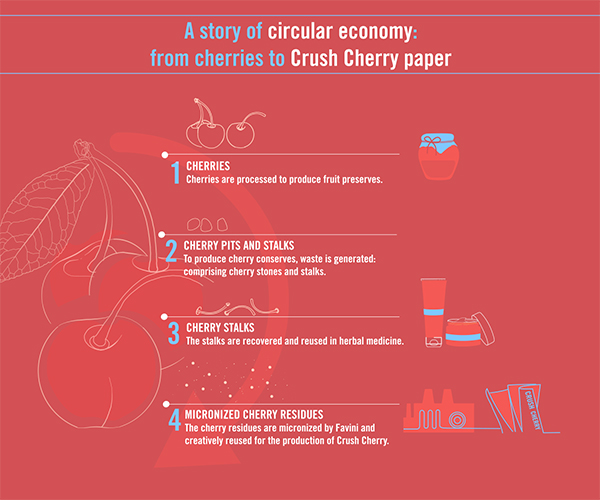
Coming from Asia, originating specifically in an area between the Caspian Sea and the Black Sea, it was in the 7th century BC that the cherry reached Egypt, then to Greece and later during the Roman Empire into Italy.
Italy is amongst the first places in the world for commercial cherry production, both in quantity and quality. The fruit, although, is only available for a short period of the year: the harvest is usually carried out manually and takes place between the end of May and early July.
Part of the cherry crop after harvesting, is destined for companies that will transform the fruit into tasty preserves.
Waste and by-products are generated from fruit preserve production, comprising mainly of cherry pits – the cherry stones that are removed from the fruit – as well as the stalks.
At this point Favini intervenes, using the main by-product of the cherry processing. Which in this case comes from the cherry pits, elevating it from a waste material into a valuable raw material for the production of high quality ecological papers. The stalks however are recovered and are then reused in herbal medicines.
Crush Cherry has been created as the first paper to be made with by-products taken from the agri-industrial processing of cherries using it to substitute up to 15% of tree cellulose. In addition to the by-product of cherry, we also use the process residue from grape, lavender, citrus, corn, olive, coffee, kiwi, hazelnut, cocoa, coconut and almond.
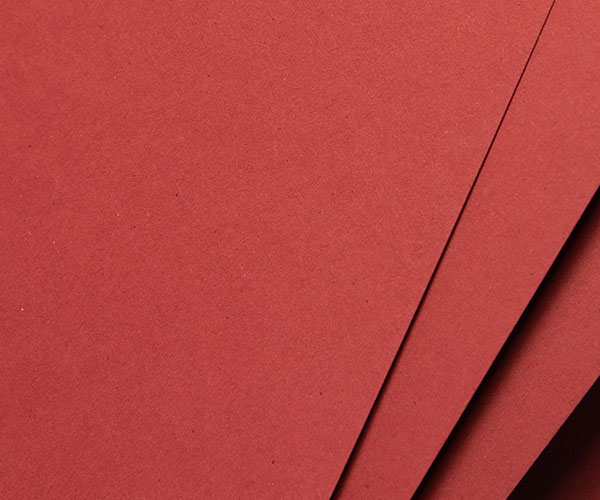
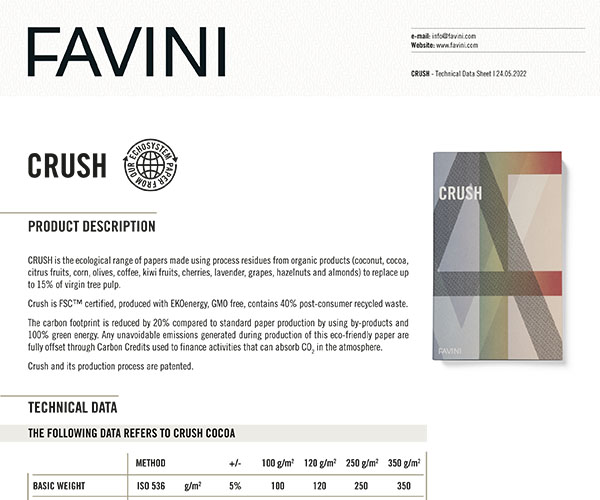
Crush Cherry is Favini’s ecological paper originating from the creative reuse of by-product that results from the processing of cherries.
Creative re-use of cherry pits
Cherry pits are recovered by Favini for the industrial production of paper, but the waste from cherries can be re-used from the domestic kitchen in a creative way.
In fact, cherry pits can be reused both for creative recycling in the kitchen. To experiment with anti-waste recipes, here are some ideas:
With the cherry pits you can create thermal cushions by using a natural fabric and putting the cherry pits inside as a filling, so when heated they become an excellent pillow to use for muscle relaxation. By stuffing other shapes with cherry pits, you can create puppets for children that, thanks to their heat conduction properties of the cherry stones, can become either ice packs or thermal pillows.
Cherry pits can also be reused in the kitchen to make some anti-waste recipes for beverages such as grappa or cherry stone liqueur.
Crush Cherry Story continues: the eco-sustainable and recyclable paper for creative applications
The supply chain does not end with Crush paper. This material created by Favini by reusing cherry residues is recyclable and ideal for creating different applications, which after their use can also be recycled.
Thanks to the recycling chain, the life of packaging, catalogues, notebooks, invitations and creative projects will continue in successive production cycles according to a circular economy model.
The Favini paper produced from 15% of cherry processing by-products was used to make the covers for catalogues and notebooks, such as the notebook by Michaela Slaninkova, the Santa Sofia wine brochure, the cover of the design magazine Novum and the book “The Art of Sushi” with Japanese binding.
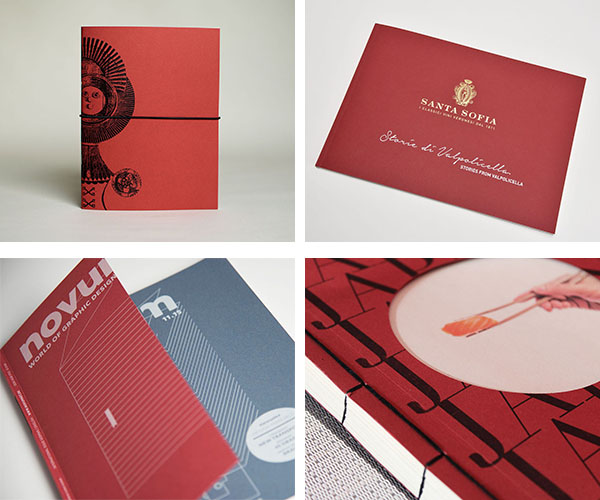
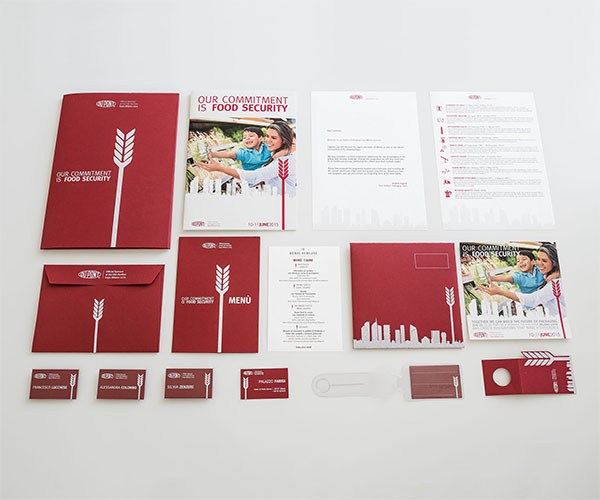
The Crush Cherry paper is also suitable for use to create corporate identity suites: from folders, business cards, to envelopes and finally to the Dupont brochure, these materials have been made and printed on the paper obtained from the creative reuse of cherry by-products.
For inspiration on Crush to produce your own creative projects see Crush’s Pinterest board.
Have you used our ecological Crush paper and would you like to share the result on our social media feed? Contact us at [email protected] with your piece of circular economy history.
Continue to follow Crush Story:
- Crush Story: from citrus fruit to paper
- From bean to Crush Coffee
- Crush Story: from flower to Crush Lavender
- From corn crop to Crush paper
- From vineyard to Crush Grape
- From nut kernels into Crush paper
- From field to Crush Barley
- From kiwi fruit to the ecological paper Crush
- From olive grove to the ecological paper Crush
- From the bean to Crush Cocoa
- From coconut to paper


